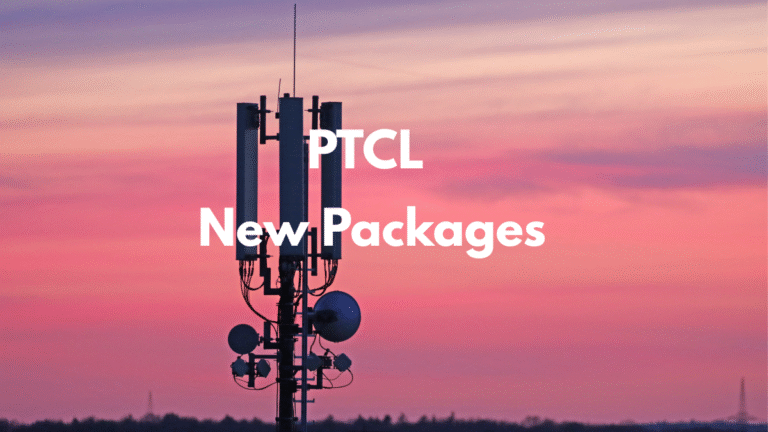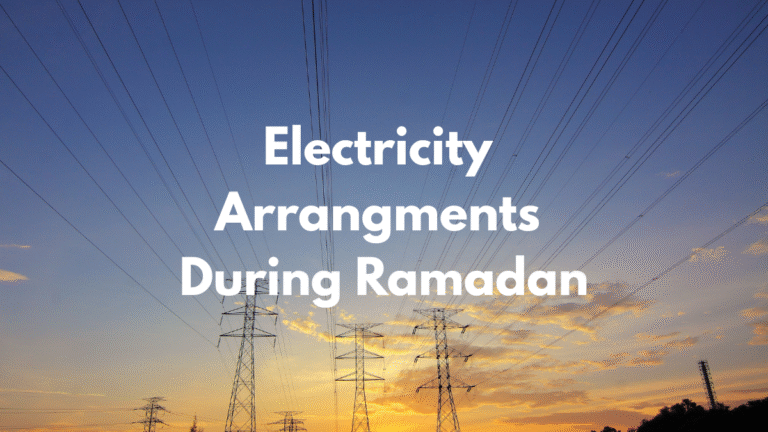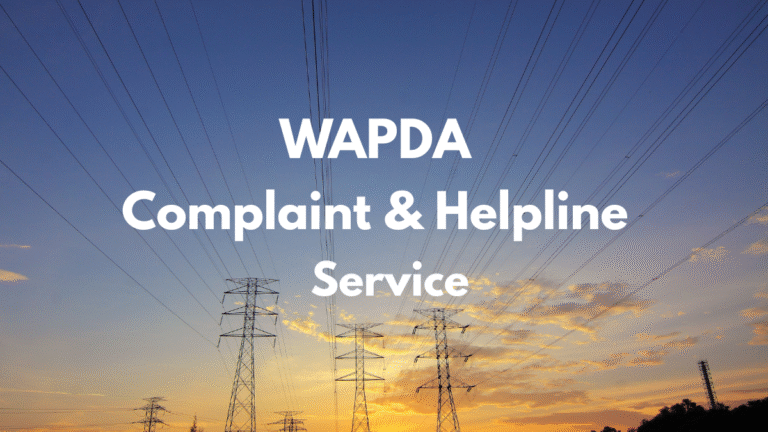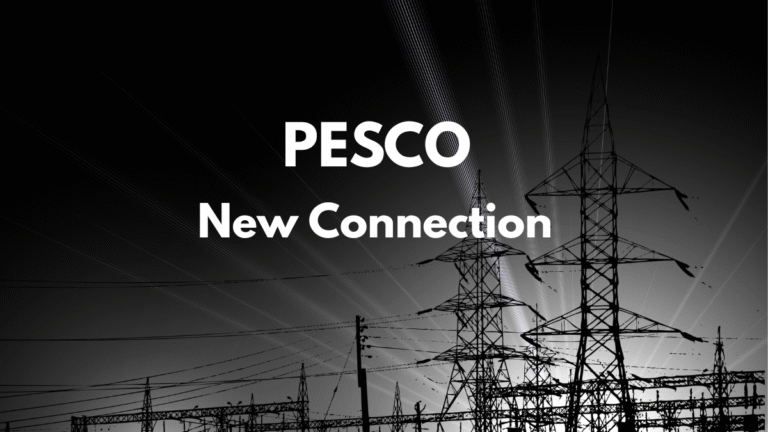What Are Virtual Power Plants (VPPs)?
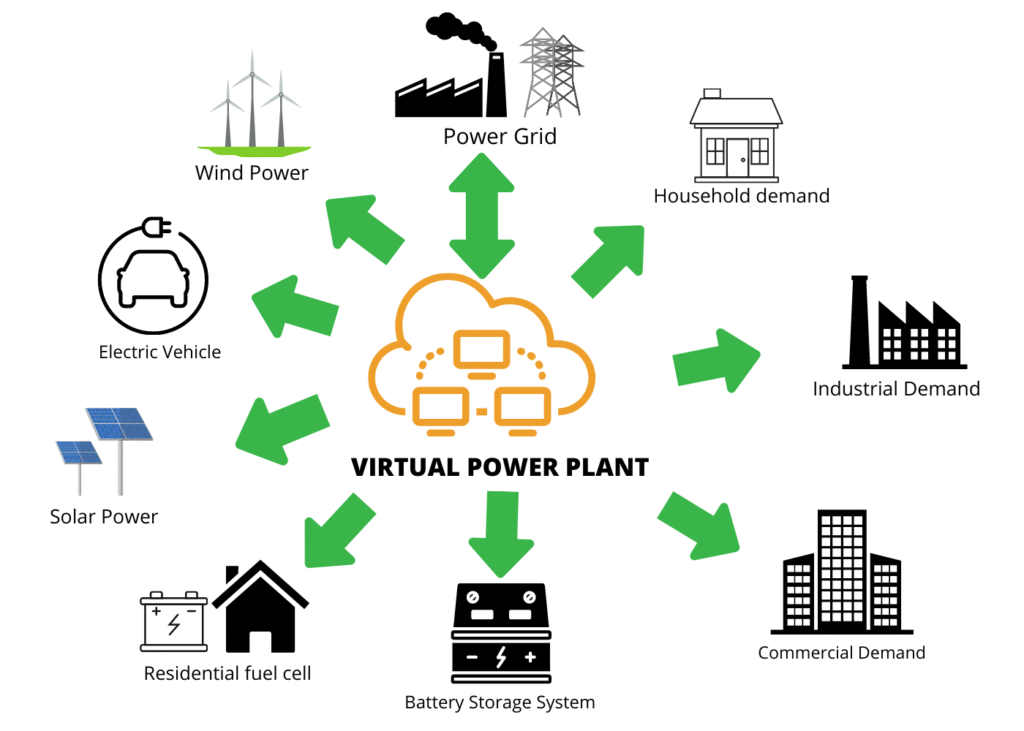
A Virtual Power Plant (VPP) is a smart digital system that connects many small energy sources—like rooftop solar panels, home batteries, electric vehicles, and smart appliances—and controls them together as if they were one big power station.
How Does It Work?
- Aggregation of DERs
These small devices, known as Distributed Energy Resources (DERs), are scattered around homes and businesses. A VPP aggregates all these DERs to act as a unified energy provider. - Cloud-Based Control Software
A central software system monitors and manages each DER. It makes real‑time decisions, like when to store energy or when to send electricity back to the grid - Responding to Grid Needs
VPPs help balance the grid by providing or reducing power exactly when needed. For instance, when demand peaks, a VPP can dispatch stored energy or throttle consumption almost instantly
Why Are VPPs Important?
- More Flexible than Traditional Power Plants
Without the need to build big fossil‑fuel plants, VPPs can scale quickly by simply adding more small DERs. They’re also often cleaner and more cost-effective - Grid Stability and Renewable Integration
By pooling wind, solar, batteries, and demand response, VPPs make it possible to use renewables more reliably, helping avoid blackouts and reducing emissions - Consumer Empowerment
Users become “prosumers”—producing and selling energy or reducing demand when the grid needs it most. Many VPP programs even pay participants or offer bill credits
Real-World Examples
- In Vermont, Green Mountain Power uses household Tesla Powerwalls to build a VPP. Subscribers get reduced energy costs, and the stored power helps the grid during peak demand or outages
- In Texas, Abundance Energy teamed with Sonnen and Energywell to launch a VPP that uses smart batteries and software to support grid resilience during hurricane season, benefiting customers and the grid alike
🗣️ A User’s Take from Reddit (paraphrased)
“By controlling these resources together, virtual power plants can begin to look like conventional power plants.” — from r/RenewableEnergy
Key Benefits at a Glance
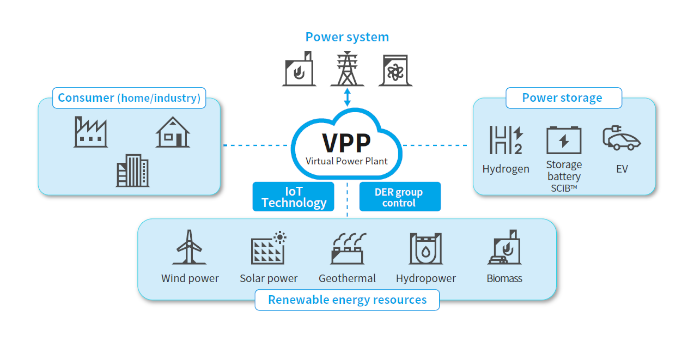
| Benefit | What It Means |
|---|---|
| Scalable & Flexible | Add assets without building physical power plants |
| Affordable & Cleaner | Uses existing green energy devices |
| Improved Grid Stability | Offers ancillary services like frequency control |
| Consumer Rewards & Participation | Participants get compensated, boosting engagement |
| Smoother Renewable Integration | Helps manage variability of wind and solar |
In Summary
A Virtual Power Plant is not a physical power station—it’s a smart, cloud‑connected network of distributed energy devices coordinated to behave like one. By combining generation, storage, and smart usage, VPPs enhance grid stability, lower costs, support renewable energy, and let people actively participate in the energy ecosystem.
What Is Energy Flexibility?
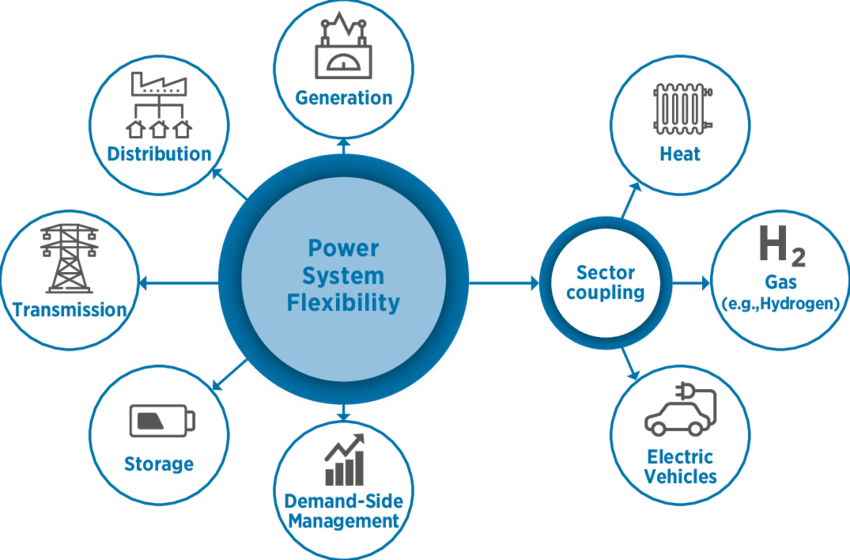
Energy flexibility means the ability of an energy system—whether at the grid, building, or community level—to adapt in real time to fluctuations in supply and demand. It’s the smart coordination of generation (like solar and wind), storage, and consumption through demand response, smart technologies, and sector coupling to help balance the system efficiently and sustainably
🌍 Why It Matters for the Future
- The shift to renewables like wind and solar creates variability—energy isn’t always available when people need it.
- Without flexibility, surplus power might be wasted, or the grid could become unstable or require expensive fossil fuel backups
- Flexibility allows a clean, reliable, and resilient system as renewable energy scales up globally
Key Flexibility Technologies & Trends

1. Demand Response & Dynamic Pricing
Consumers—homeowners and businesses—can shift energy usage to off-peak or renewable-rich hours. Programs like time-of-use tariffs and incentive-based demand response programs encourage behavior that helps balance the grid
2. Energy Storage
Batteries, pumped hydro, and emerging options (e.g., gravity storage) store excess renewable power and dispatch it when needed, providing critical backup and balancing services
3. Vehicle-to-Grid (V2G)
Electric vehicles (EVs) act as mobile batteries. Through V2G, EVs can charge during low demand and supply energy back during peaks. This adds substantial flexibility potential and supports grid stability
4. Virtual Power Plants & Aggregation
Platforms that aggregate many small energy assets (solar panels, batteries, thermostats) into one coordinated virtual entity, responding to real-time grid signals and market prices
5. AI, Machine Learning & IoT
Advanced analytics and AI-driven control systems optimize energy flows using predictions about demand, generation, and weather. These tools enable real-time decisions and collective orchestration across distributed resources
6. Local Flexibility Markets & Transactive Energy
In emerging local markets, distributed energy resources can trade flexibility directly with grid operators—sometimes via blockchain or auction-based systems—to manage congestion and support local grid stability
7. Sector Coupling & Power-to-X
Interlinking electricity, heating, mobility, and industrial processes—such as converting surplus electricity into heat, hydrogen, or fuels—provides additional flexibility paths across energy sectors
Benefits at a Glance
| Benefit | Why It Matters |
|---|---|
| Grid Stability & Resilience | Aligns energy supply with demand, reducing risks of blackouts and enabling smoother peaks and valleys. |
| Cost Savings & Efficiency | Reduces the need for expensive peaker plants; promotes cheap renewable use and consumer savings. |
| Greater Renewable Integration | Enables higher penetration of wind/solar by mitigating variability. |
| Empowered Prosumers | Owners of DERs can generate, store, and trade energy, earning returns while helping the grid. |
| Economic Growth & Innovation | New markets, jobs, and services arise from flexible energy ecosystems. |
Challenges & What Lies Ahead
- Regulatory & Market Barriers—Many energy markets lack proper frameworks or incentives for flexibility; reforms are underway, but are taking time.
- High Costs for Some Technologies—Certain demand-side resources and storage remain expensive or underutilized due to upfront costs and uncertain returns.
- Interoperability & Standardization—Multiple devices and players need common standards (e.g., for communication and billing) to scale effectively
The Road Ahead: 2030 and Beyond
- AI & Big Data will power predictive energy management, optimizing every kilowatt-second across systems.
- Local flexibility markets and transactive energy systems will standardize community-level energy trading.
- EV-sharing collective storage through V2G will become more common.
- Sector coupling will enable electricity to support heating, cooling, industry, and transport through integrated storage and Power-to-X.
- Regulatory evolution will unlock incentives, dynamic tariffs, and smart-grid investments. Policies such as those launched under EU reforms are pushing in this direction globally
🔍 To Summarize
The future of energy flexibility systems is about creating unique energy systems that are dynamic, fast, intelligent, and participatory. Through demand-side response, storage, AI-driven orchestration, and new markets, flexibility will transform how electricity is generated, traded, and consumed.
In a cleaner, brighter, and smarter future, we all help shape the energy system, use it smartly, and share its benefits more equitably. If you’d like a tailored blog post or outline emphasizing specific technologies (like local communities or V2G), I’d be glad to help craft that!


